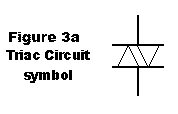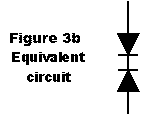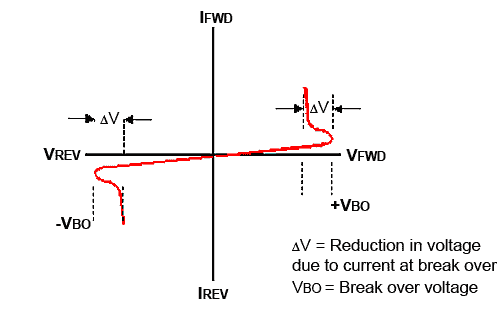Chameleon, Badger, and the Wolf.
An explanation of life. A deep look into the soul. A review of toothpaste brands... Ummm... A description of different types of dung beatles...... A close look at nipple hairs...????
Sunday, November 20, 2011
Thursday, November 17, 2011
Um Bop
Do Bop
DO WEE BOP
In the one bop
they are all one and the same
Jackets vs. the world
Trucks that won't start.
DO WEE BOP
In the one bop
they are all one and the same
Jackets vs. the world
Trucks that won't start.
Sunday, November 6, 2011
You, Boy.
Theres something inside you.
Its hard to explain.
They're talking about you boy,
but your still the same.
Its hard to explain.
They're talking about you boy,
but your still the same.
Wednesday, November 2, 2011
The Book, The Album, The Movie.
The Fountainhead, For Emma Forever Ago, Princess Mononoke. The book, the album, and the movie that have taken over my soul these last couple of nights. Keeping me sane through the boredom of the flu.
Sunday, October 23, 2011
Damned Electronics!
A Sample of what I have to make a presentation on in electronics on tuesday.... Damnit its hard material!
The Diac
This is a bi-directional trigger diode used mainly in firing Triacs and Thyristors in AC control circuits. Its circuit symbol (shown in figure 3a) is similar to that of a Triac, but without the gate terminal, in fact it is a simpler device and consists of a PNP structure (like a transistor without a base) and acts basically as two diodes connected cathode to cathode as shown in figure 3b.Figure 3. The Diac Circuit symbol and an equivalent diagram using diodes.


The DIAC is designed to have a particular break over voltage, typically about 30 volts, and when a voltage less than this is applied in either polarity, the device remains in a high resistance state with only a small leakage current flowing.
Once the break over voltage is reached however, in either polarity, the device exhibits a negative resistance as can be seen from the characteristic curve in Figure 4.
Figure 4. Typical Diac Characteristics.

When the voltage across the diac exceeds about 30 volts (a typical break-over voltage) current flows and an increase in current is accompanied by a drop in the voltage across the Diac. Normally, Ohm's law states that an increase in current through a component causes an increase in voltage across that component; however the opposite effect is happening here, therefore the Diac exhibits negative resistance at break-over.
In the simple power control circuit in Figure 2 the Diac is used to trigger a Triac by the "Phase Control" method. The AC mains waveform is phase shifted by the RC circuit so that a reduced amplitude, phase delayed version of the mains waveform appears across C. As this wave reaches the break over voltage of the Diac, it conducts and discharges C into the gate of the Triac, so triggering the Triac into conduction. The Triac then conducts for the remainder of the mains half cycle, and when the mains voltage passes through zero it turns off. Some time into the next (negative) half cycle, the voltage on C reaches break over voltage in the other polarity and the Diac again conducts, providing an appropriate trigger pulse to turn on the Triac.
By making R a variable value, the amount of phase delay of the waveform across C can be varied, allowing the time during each half cycle at which the Triac fires to be controlled. In this way, the amount of power delivered to the load can be varied.
Note that in practical control circuits using Thyristors, Triacs and Diacs, large voltages are switched very rapidly. This can give rise to serious RF interference, and steps must be taken in circuit design to minimise this. Also as Mains is present in the circuit there must be some form of safe isolation between the low voltage control components (e.g. the Diac and phase shift circuits) and the mains "live" components, e.g. the Triac and load. This can easily be achieved by "Opto-coupling" the low voltage control circuit to the high voltage power control (Triac or SCR) part of the circuit.
Saturday, October 22, 2011
Friday, October 14, 2011
Subscribe to:
Posts (Atom)




